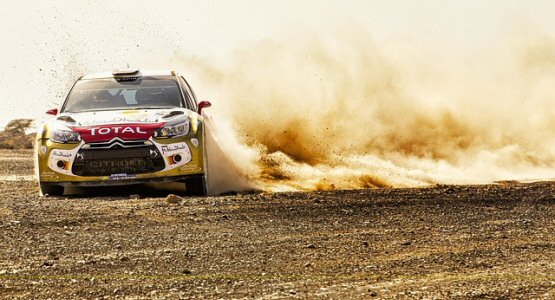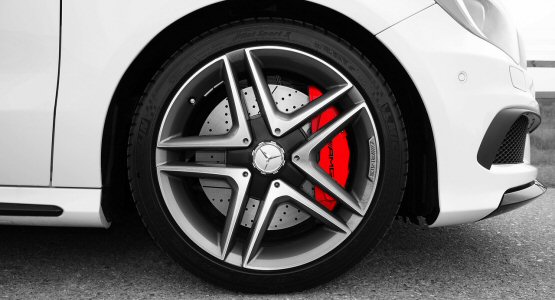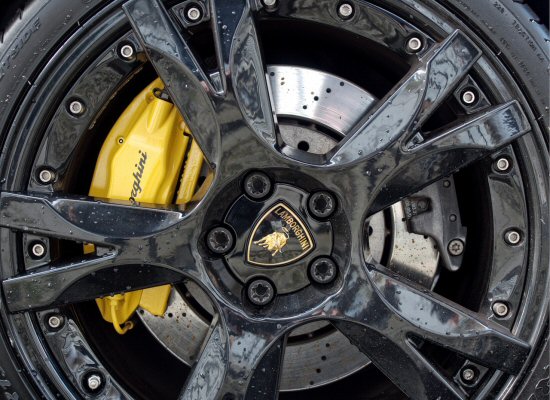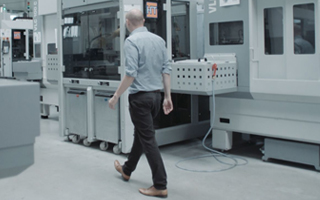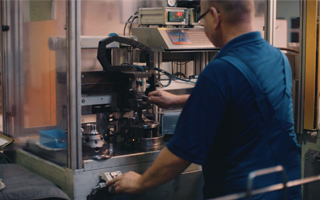Types of Brake Pads and Which Should You Use
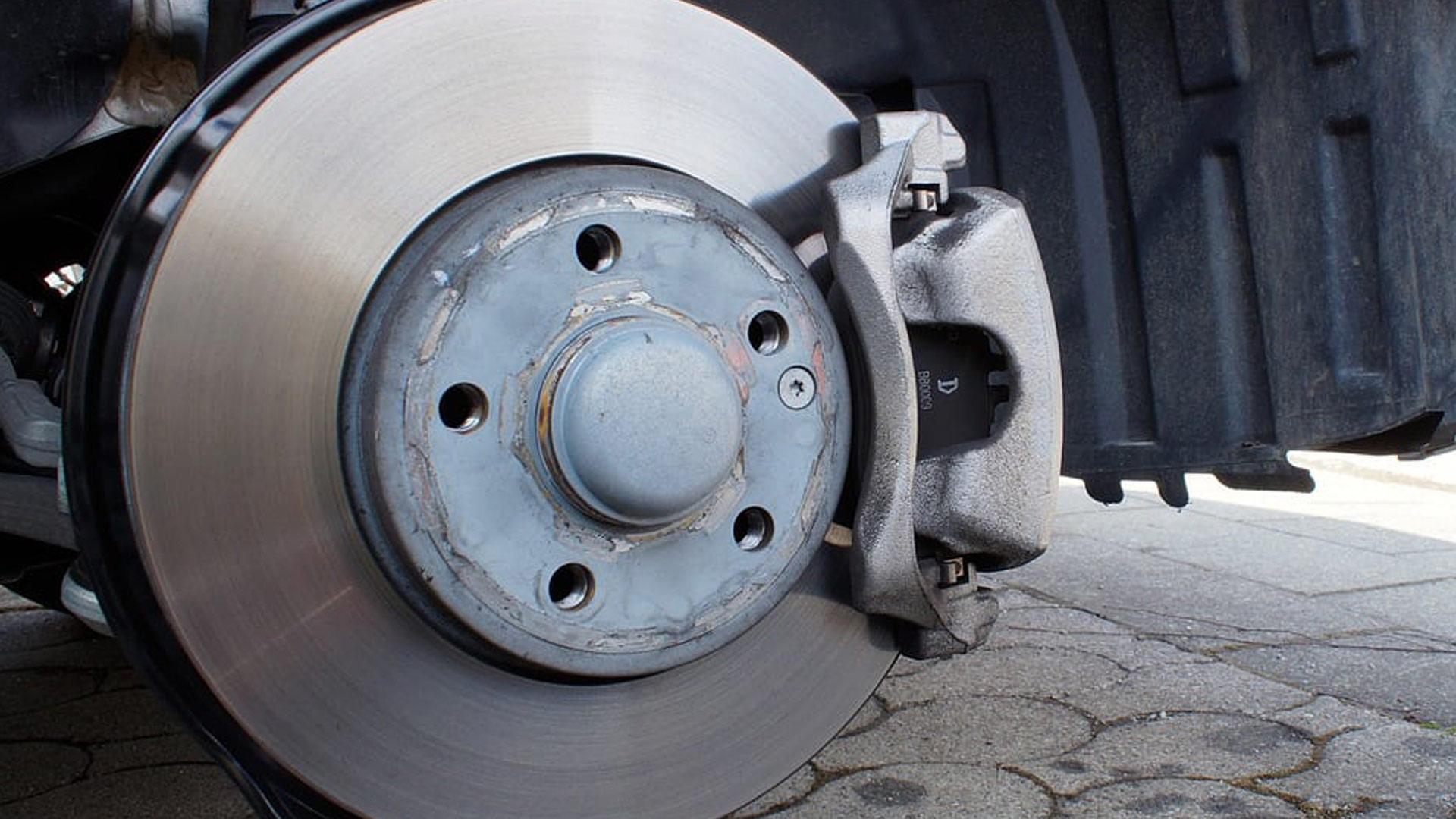
Speed merchants may not like to admit it but the ability to stop in good time far outweighs the importance of lightening quick acceleration. With that in mind, appropriate brake pads go some way towards ensuring motorists’ safety on the road.
So what are they? Put simply, the component that applies the requisite pressure and friction to brake rotors, allowing a car to stop.
A more technical description would explain how they are in fact steel backing plates, with a friction based material bound to their surface. This friction is utilised to convert the kinetic and thermal energies of the vehicle.
Two of them are housed in the brake calliper, their friction surfaces aimed at the rotor. Whenever brakes are applied, the calliper clamps this pair of pads onto the spinning rotor and - as if by magic - a car slows or comes to a complete halt, depending on the pressure involved.
The absence of sufficient brake pads will lead to wheels being worn down, reduced braking power and – ultimately - a damaged braking system.
Nevertheless to many the how and why are not important, so long as their brake pads pass a yearly MOT. But different types suit different models, which should pique even the casual driver’s interest.
Semi-Metallic
Perhaps the most commonly found brake pads, semi-metallic models consist of between 30% and 65% metal. Additional material could include steel wool, wire and copper among others.
Once settled upon these elements are bound together by organic resin. From here they are moulded into pre-set shapes and baked into a furnace, resulting in greater durability.
That robustness is one of their many benefits. Semi-Metallic pads are resistant to heat and far easier on rotors than their Ceramic equivalent. They tend to be cheaper and – when around 60% metal is present – lend themselves to heavy braking over a long stretch of road or track.
Indeed Semi-Metallic brake pads are perhaps best suited to high performance race cars. If you own a vehicle that does 0-60mph in a flash this is the option for you.
As with all types of pads there are downsides, in this instance an adverse reaction to extreme, low temperatures. Avoid taking her for a spin in the Antarctica.
Ceramic
By far and away the dearest option, you are likely to own a supercar if possessing a set of ceramic pads. Why the cost? In truth they make for excellent braking, absorbing heat generated from even the harshest, sharpest stops.
Composed of ceramic fibres and similar type fill materials, these pads are cleaner and quieter than any others featured in this blog. They last longer too, outperforming organic pads in particular.
A major drawback is just how long it takes to warm them up to an operating temperature. So while ceramic pads are ideal for rallying, they are all but pointless when installed in the average car, which would seldom reach the optimum performance heat on the likes of the school run or weekly shop.
Low-Metallic NAO
Better breaking is realised with the Low-Metallic NAO option, the result of an organic formula mixed with between 10% and 30% copper or steel. This recipe certainly helps with the transfer of heat. They are however on the noisy side, while the added metal can create plenty in the way of dust.
Non-Asbestos Organic
As the name suggests these brake pads are made from largely organic materials. That wasn’t always the case. Indeed there was a time when pads were constructed from asbestos, only for the mineral to be displaced by other compounds amid health and safety concerns.
Softer and relatively quiet, newer versions may include fibre glass, rubber or Kevlar, not to mention resins such as cellulose.
Despite being easier on the brake discs themselves, Non-Asbestos Organic pads will wear fast and are only suitable for day-to-day road driving. What’s more they do not lend themselves to regular braking.
The aforementioned Kevlar option – despite being the most expensive – does at least come with fewer drawbacks.
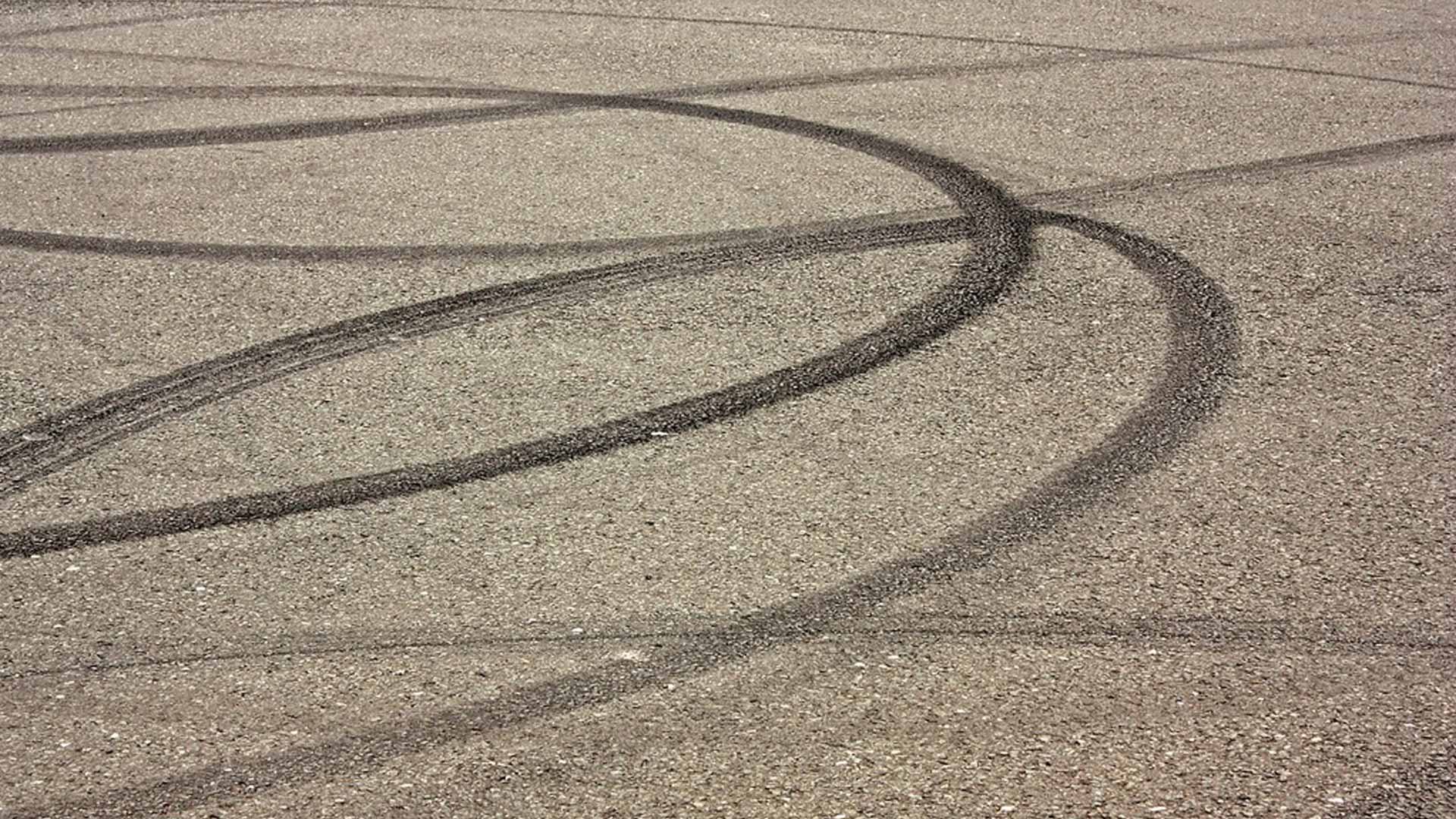
Which Brake Pads
When it comes to fitting brake pads there is no substitute for research. Ask your local garage, canvass opinion on forums and read up on the pros and cons of each type before making a decision.
That said there is a general acceptance that lighter, compact vehicles are best suited to organic brake pads. They will afford the stopping power required, whilst producing minimal sound. They are also relatively cheap to purchase.
Medium sized cars meanwhile need that little bit extra in the way of stopping power. A low metallic NAO is therefore most appropriate, just be prepared for increased volume.
If you’re lucky enough to own a sports car and crave more in the way of acceleration, plump for semi-metallic or high performance ceramic brake pads. Both will ensure you come to a halt before taking off.
Finally, lorry drivers and those lugging significant loads need more in the way of metal content. Severe duty pads may even be necessary to provide that additional protection.
MAT Foundry’s Group’s parent company, MAT Holdings, has its own division dedicated to brake pads. Friction Group boasts 7,200 employees worldwide, split between twelve factories and three continents. Between them they produce more than 140m brake pads and 10m brake shoes per year – these delivered into the passenger, commercial and heavy duty markets. To find out more visit their website,,
http://www.matholdingsinc.com/automotive/auto_companies_brands.php
The average lifespan of a set of brake pads is around the 50,000 mile mark. Newer models come with a warning light that indicates when a change is necessary but loud screeching, bad vibration, obvious wear and tear and a car’s tendency to pull to one side provide further clues.
So keep an eye on your brake pads, they matter more than you might think.


